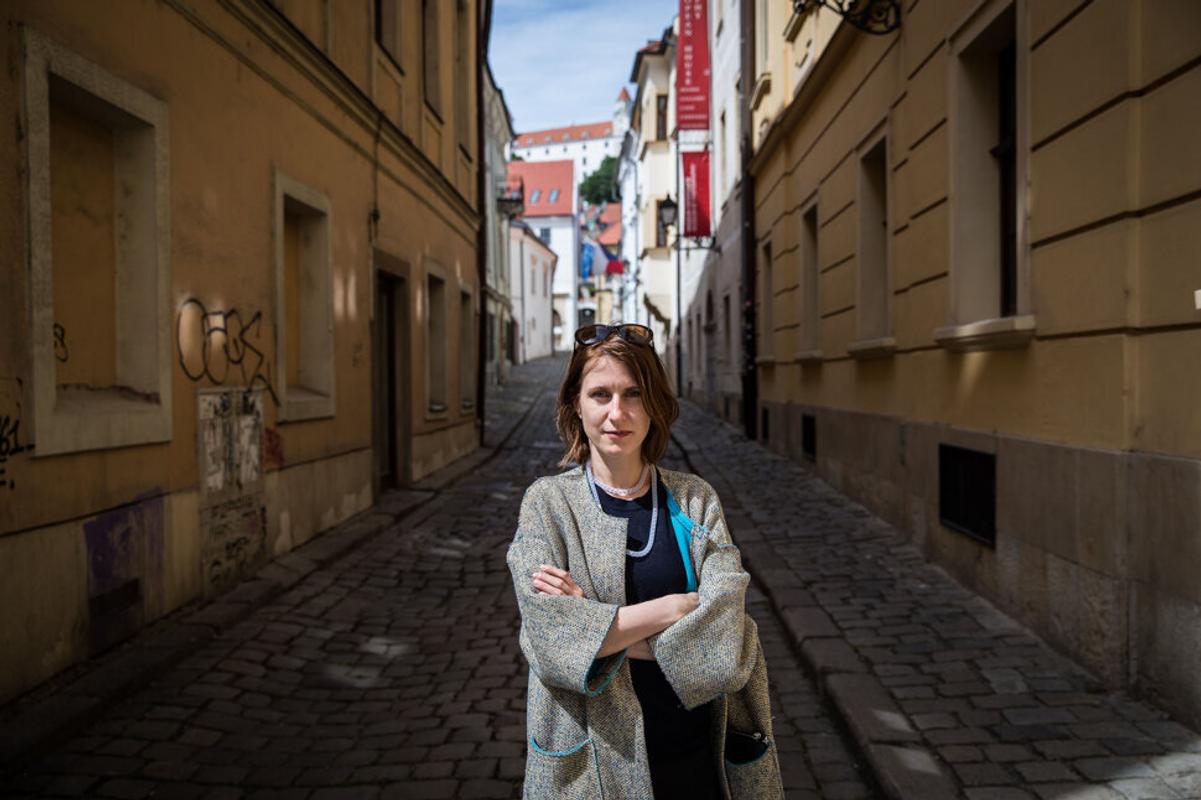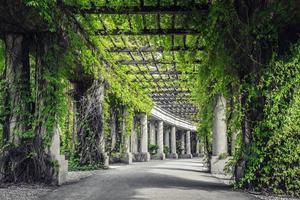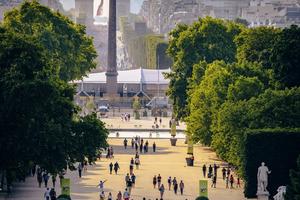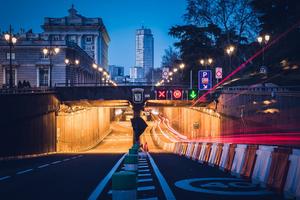Landscape architect MILOTA SIDOROVÁ, whose work is about fairer urban planning, explains what could replace trees in cities, as well as how to create a park without having to take up new land, or how housing and shopping in cities and airports changes in a pandemic.
"When we go back to flying again, will we want thousands of people to move around the airport, shopping for hours, or will we try to speed up the flow of those people? These are logistical and hygiene issues, but they also affect capitalism," she says.
How is the pandemic changing cities and their planning today, either in a positive or negative sense?
Architecture and planning are sluggish disciplines. Hence, these past two months have not fundamentally changed the way we live. But as people's behaviour changed, we began to think about the opportunities the pandemic could open up for us.
Many cities, such as Amsterdam, Berlin, and Budapest, have created pop-up bike paths, as cycling is now the best way to transport people. Activists, architects, and urban planners have fought for this for 10 to 15 years. But when a pandemic suddenly arrives, it is suddenly not a problem to paint a bike path.
Some cities, such as Vilnius, have redesigned their squares as dining rooms, where most of the space is filled with tables. The situation we are in is a good incentive for us to start making better use of public space.
In addition, it is crucial to live closer to nature or a green space today and it is also ideal to live close to work so that you can reach it on foot or by bike. This is the old concept of a polycentric city.

 Milota Sidorová is an urban planning expert who works at the Metropolitan Institute of Bratislava. (source: Sme/Jozef Jakubčo)
Milota Sidorová is an urban planning expert who works at the Metropolitan Institute of Bratislava. (source: Sme/Jozef Jakubčo)


